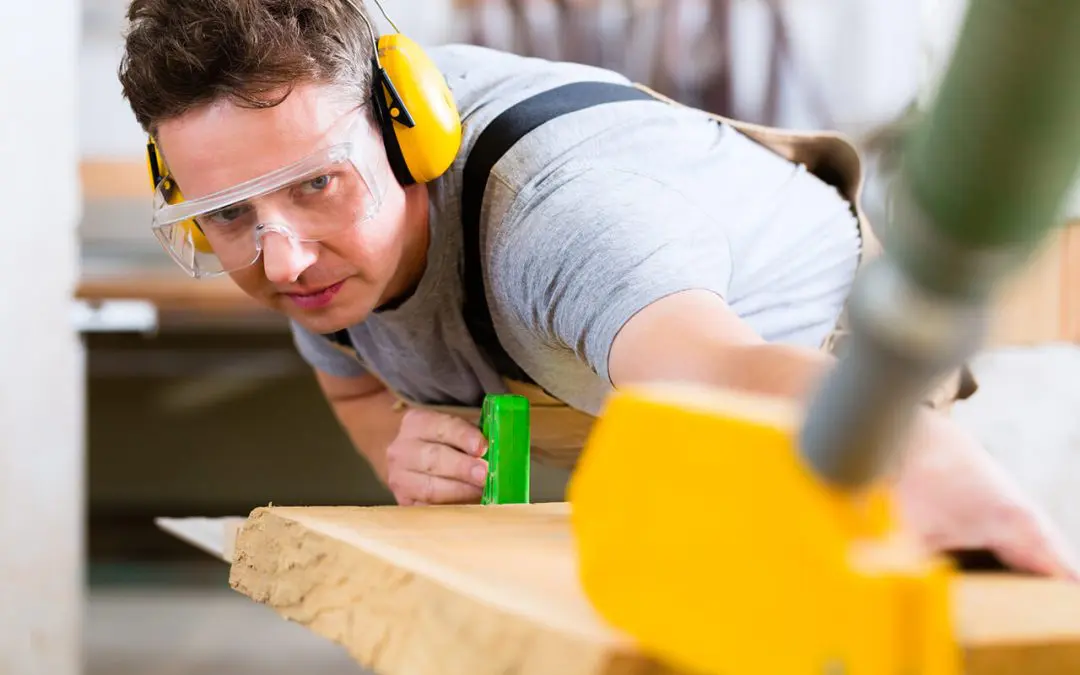Doing your own home projects can be incredibly satisfying. You get to save money, work with your hands, and take pride in something you built or fixed yourself. But here’s the deal—no matter how small the job seems, safety always needs to come first. Too many DIYers cut corners when it comes to protective gear, and it only takes one bad moment to end up with a serious injury. Wearing the right safety gear isn’t overkill. It’s smart. It protects you from things you don’t always see coming—flying debris, sharp blades, loud tools, and toxic dust. Before jumping into your next project, let’s break down the essential safety gear you should always have on hand.
Protecting Your Eyes
When working on a project, your eyes are one of the most vulnerable parts of your body. Sawdust, paint chips, metal shards, or even a bit of insulation can do serious damage in an instant. Safety glasses are the bare minimum, and they should fit snugly without gaps. If you’re working with power tools that generate a lot of debris or chemicals, go for goggles that seal completely around your eyes. It’s a minor investment that can prevent lifelong damage.
Hearing Safety Gear Matters More Than You Think
Many power tools, like circular saws, impact drivers, and nail guns, can cause hearing damage faster than people realize. Just because you don’t notice it right away doesn’t mean it’s not happening. Foam earplugs work in a pinch, but earmuff-style protectors are more effective and comfortable over longer stretches. If you DIY often, you might consider noise-reducing ear protection that lets you still hear conversations while blocking the harmful levels.
Protect Your Hands with the Right Safety Gear
Your hands do all the work, and they take the most risks. There’s no shortage of hazards, from splinters and sharp edges to burns and chemical exposure. Gloves come in all types, so pick the right ones for the job. For woodworking, go with cut-resistant gloves. For painting or working with solvents, go with chemical-resistant rubber gloves. Just make sure you’re not wearing anything too bulky around moving parts or power tools—loose gloves can catch and pull your hand right into danger.
Breathing Should Be Easy and Safe
Dust, mold, paint fumes, and other airborne particles can damage your lungs. A mask is non-negotiable if you’re sanding, cutting, or working with chemicals. Basic dust masks are better than nothing, but a proper respirator with filters is a better choice if you’re working for more than a few minutes or dealing with anything toxic. Don’t wait until you start coughing—if you can smell or see particles in the air, it’s already time to put on a mask.
Watch Your Feet
Most people don’t think about their feet when working on home projects, but dropping a tool or stepping on a nail is no joke. Durable shoes with thick soles are a must, and steel-toed boots are even better if you’re working with heavy materials or power equipment. Flip-flops, sandals, or anything open-toed is a hard no.
Covering Your Head
A hard hat might seem unnecessary if you’re just working in your garage or backyard, but it depends on the job. If you’re working under something, like building a shed, installing a ceiling fan, or moving materials overhead, it’s worth having one. Concussions and skull fractures don’t just happen on job sites—they can happen in your driveway, too.
Dress for the Work, Not for the Weather
Loose clothing can get caught in tools, and exposed skin can get burned, cut, or bruised. Go with long sleeves and pants made from durable material, but make sure they fit close to your body. Avoid wearing jewelry or anything that dangles. Tie back long hair, and tuck in hoodie strings or loose shirt tails.
FAQs on Safety Gear for DIYers
Do I really need to wear all this gear for small projects?
Even quick or simple tasks can go sideways fast. It only takes one slip or spark to cause real damage. It’s better to overprotect than to regret not gearing up.
Can I use the same safety gear for every type of project?
Some gear, like safety glasses and gloves, can be used across different projects. But make sure you’re using the right type for the job. A pair of cloth gloves won’t help much with paint thinner, and a dust mask won’t cut it for heavy fumes.
Is it okay to reuse gear like masks and gloves?
Some items are reusable if you keep them clean and they’re not damaged. However, disposable masks and gloves should be tossed after each use, especially when chemicals are involved. If something looks worn out or cracked, replace it.
What’s the most commonly overlooked piece of safety gear?
Hearing protection is often ignored, especially by DIYers who think they’ll only use a tool for a few minutes. That’s usually enough time to cause lasting hearing damage.
Homesmith Home Inspections offers home inspections in the Houston, Texas, area. Contact us to request our services.

